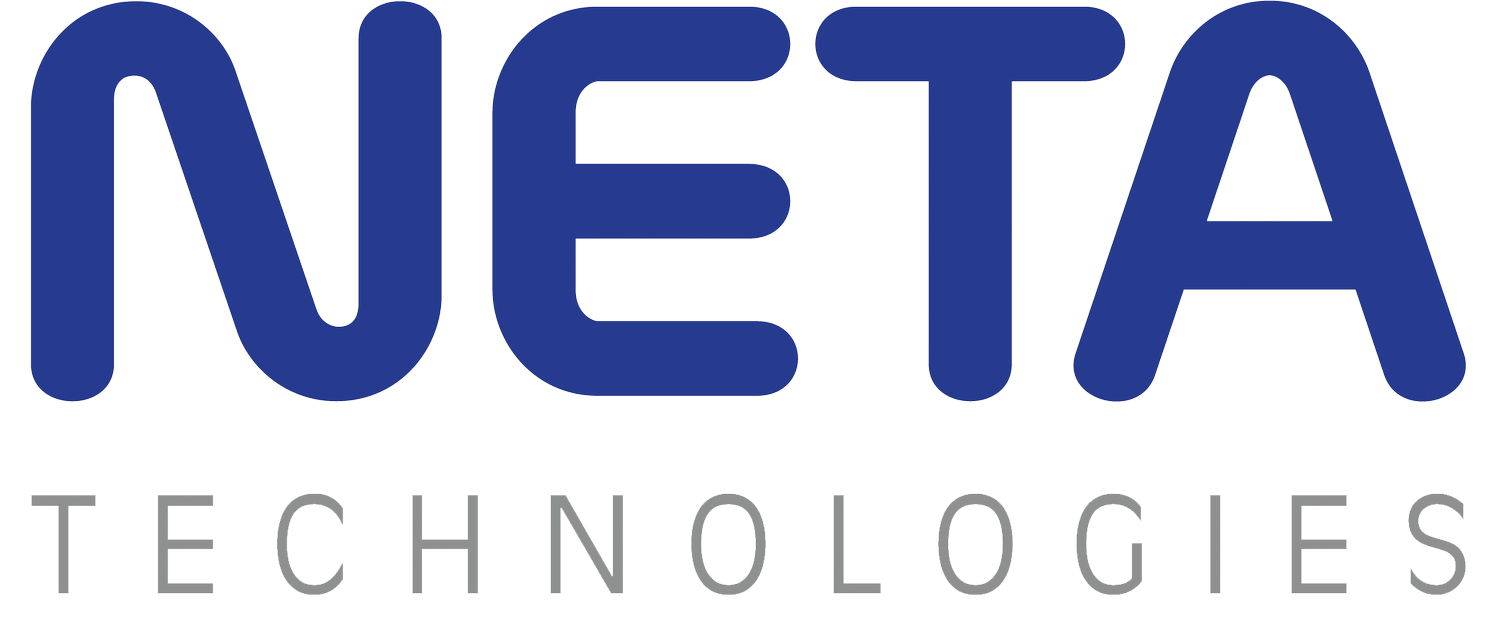ANTENNA AND RF DESIGN
Product structures including antenna and RF designs appear in all areas of daily life. Smart phone products, IoT systems, TV, Radio, computer-intensive RF or high-frequency systems. As with satellite communications, products can become more value-added and qualified with antenna and RF designs. In this sense, the systems we use in our daily lives will be more indispensable design structures in the coming years.
In addition to Satellite Communication Systems, Neta develops antennas and RF systems, subsystems for a wide range of application areas and provides these services to customers. GEO, MEO, LEO satellite communication, wireless communication, long distance direct vision communication, data transmission systems, amplifier and filter structures, microwave (OMT, filter, waveguides, RF supply) circuits, feed and horn structures) subsystems.
In the project processes, antenna and RF structures are developed with 3D electromagnetic simulation / simulation applications, optimized for best system performance, antenna mechanical structures are formed, re-optimized according to appropriate production methods and prototype process is started. RF material selection in the designed systems, determination of substrate for printed circuit or patch antenna, design of connection interfaces and signal transmission structures, sample supply and testing are also followed in the design processes.
An important representation of the industrial university cooperation has been established with the joint studies and developed systems with many leading universities in Turkey. With the ongoing research and development activities, the reputable academic staff in the universities has been included in the projects and has been internalized by making significant contributions to R & D design and knowledge.
In antenna and RF designs, especially in Ku / Ka band, parabolic structures, cascade structures and slit wave guide structures, active and passive array antenna structures are used. In addition, VHF, UHF, L, S, C, X, K bands can be used for a wide spectrum of antenna and RF designs. Environments where designed systems are used can be part of systems on different platforms (air, land, sea) from very low temperatures (-54ºC) to very high temperatures (+ 600ºC). Models created by analytical methods are modeled in the simulation environment, various changes and optimizations are applied until the simulation values obtained in the working band meet the design criteria, and factors such as tolerance to be encountered during prototype production are also evaluated in the simulation environment. The prototypes are measured in the non-reflective room and design outputs are obtained.
